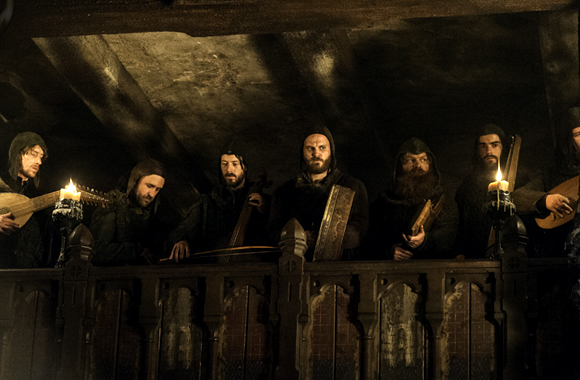SB on Game of Thrones: Blog Entry Eleven
Increase in the Amount of Coverage of Daenerys
While viewing this set of
episodes, I noticed an increase in the amount of coverage of Daenerys. Not only is Daenerys gaining more power, but
Daenerys’s connections to other major Game
of Thrones characters (who Daenerys has not yet directly interacted with) are
becoming more apparent. For example, when
Cersei, Varys, Tywin, and others were having a discussion in episode 4.6, they
spent a significant amount of time talking about Daenerys and how Daenerys is
becoming a major threat with her three dragons.
Even
though these characters are all major Game
of Thrones characters, some of these characters (like Cersei and Daenerys)
have done a fairly little amount of direct interaction with each other, at this
point in the series. However, recent
episodes have shown a great deal of progress of the storyline of Daenerys. I am excited to see how the meeting of these
major characters plays out and I am excited to see how this complex game for
the throne will end.
Connections between Game
of Thrones and Viking Mythology
It will now
be argued that the television series Game
of Thrones resembles Viking mythology. As discussed by Martell et al. in World Myths and by Else Roesdahl in The Vikings, the Vikings (like other
cultures) had their own system of mythology, which was made up of stories about
specific heroes (including Thor, Loki, and others), and reflected the values of
their culture.
As explained in World Myths and The Vikings, every single
character and creature (gods and demons, alike) from the stories of Viking
mythology met in an epic, final battle called “The Battle of Ragnarok.” The legend of “Battle of Ragnarok” (titled
“The Twilight of the Gods” in Martell et al.’s World Myths) explained the details and the outcome of this fierce,
mythological battle: every single god
and creature from the mythological world was killed in this final battle and,
from the ashes of this battle, the natural world formed, created itself, and
created the human race.
Viking legends each told their
own story, but the fate of all of the characters from these stories (and the
fate the entire universe of Viking mythology) was determined by one final
battle. All of the individual legends
that make up the body of Viking mythology, can be thought of as individual
episodes that make up the entirety of a television series.
Like Viking mythology, Game of Thrones tells stories about
specific heroes, villains, and creatures, and all of these characters are
interconnected by the major problem of their universe: the battle for the throne. Like the universe
of Viking mythology, the fate of the universe of Game of Thrones will be determined by the outcome a final battle.
Based on the outcome of the
universe of Viking mythology (the destruction of this universe at the Battle of
Ragnarok), I will make a prediction about the final outcome of the Game of Thrones universe. I do not want to make an invalid
analogy fallacy. It is understood that
just because Game of Thrones and
Viking mythology are alike in some ways does not mean that they are alike in
every way. However, I predict that (similarly
to how the Battle of Ragnarok resulted with the destruction of the universe of
Viking mythology) the final battle for the throne (in episode 7.10) will result
with the destruction of the Game of
Thrones universe.
I am not only basing this
prediction (of the destruction of the Game
of Thrones universe in the final episode) on the similarities between Game of Thrones and Viking
mythology. It seems like, with winter
coming and with Daenerys slowly approaching with her growing dragons, Game of Thrones takes place in an
apocalyptic time period. To me, it looks
like the Game of Thrones universe is
heading for a “Battle of Ragnarok” of its own.
Works
Cited
Martell, Hazel Mary, et al. World Myths. Florence,
Italy: McRae Books, 2002. Print.
Roesdahl, Else. The Vikings. London, England: Penguin
Books, 1998. Print.






